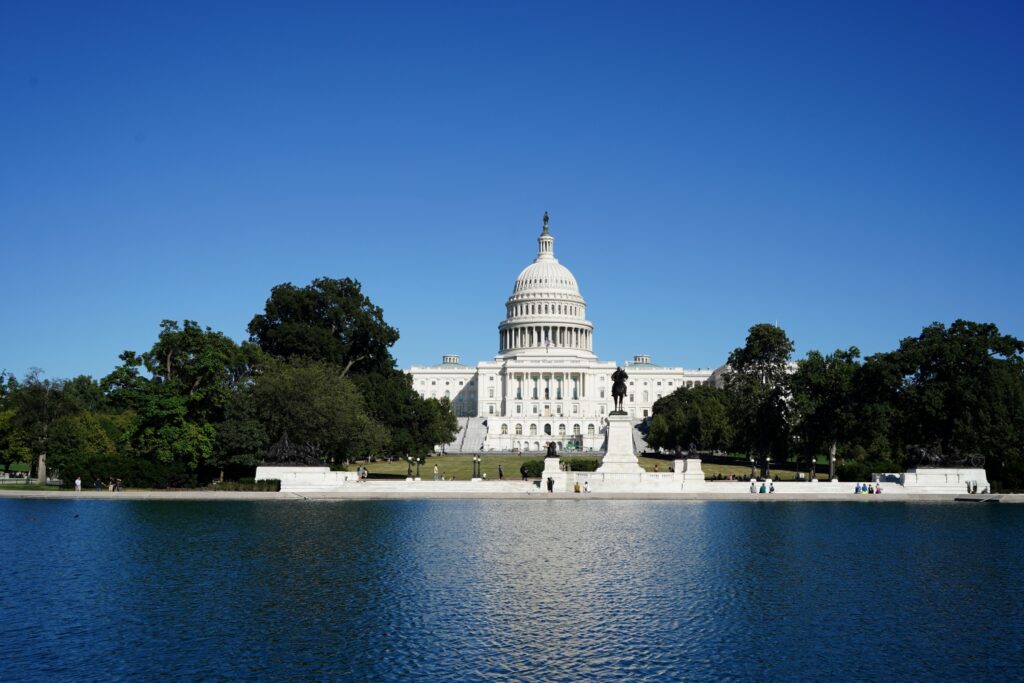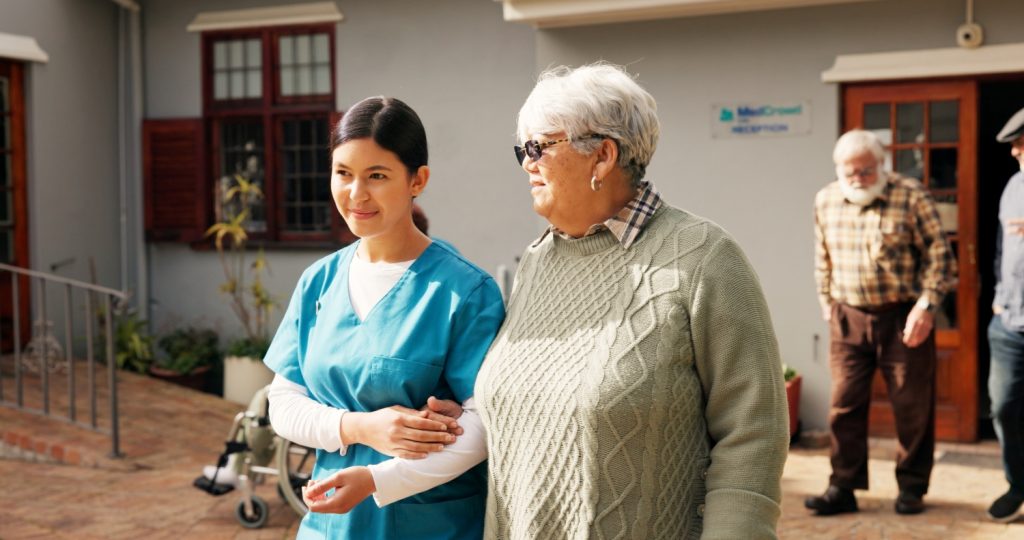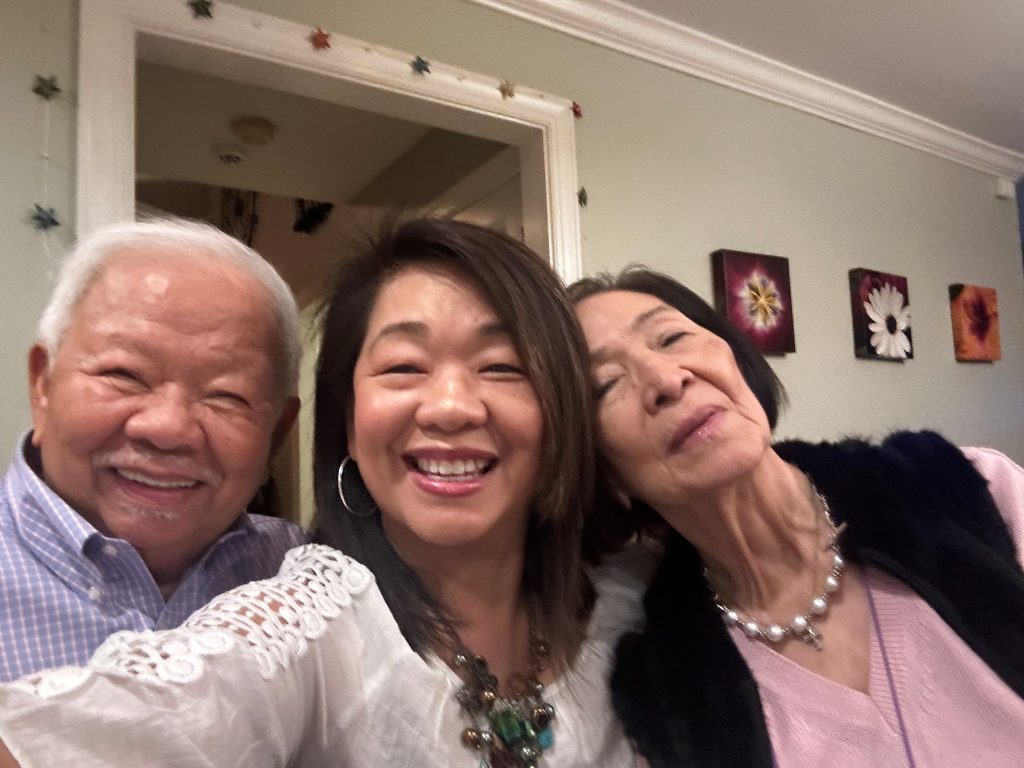About one in six Americans is now ages 65 or older, with 11,000 turning age 65 every day. While we can’t turn back the clock on age, we can help older Americans continue to make vital contributions to the economy and society by helping them maintain their strength and independence. Disability and chronic disease decrease older adult’s health, functionality and quality of life, with more than half (63.7%) of the older U.S. population living with two or more chronic diseases. Good nutrition can make a difference, helping increase not only older adult lifespan but healthspan, too.
Health is built across an entire lifetime, and while childhood intervention is important, chronic disease prevention and health promotion must continue beyond childhood. If we wait until individuals are already frail, we’ve missed too many opportunities to keep people healthy. The Trump Administration’s plan to Make America Healthy Again (MAHA) includes “fresh thinking on nutrition.” An emphasis on nutrition is also key to Make Older Americans Healthy Again (MOAHA)—and here’s what needs to be done.
Action starts by recognizing that malnutrition is a common problem for older adults today. Estimates are that up to one in two older adults are at risk for malnutrition, particularly a lack of adequate protein, calories and other nutrients, which contributes to poor health outcomes, frailty and disability, and increased healthcare costs. Congress recognized the importance of this issue when it added reducing malnutrition to the purpose of the Older Americans Act (OAA) during the 2020 OAA reauthorization. The OAA’s disease prevention and health promotion services were also updated to include screening for malnutrition. And every September, we celebrate Malnutrition Awareness Week.
OAA programs are administered locally by more than 600 Area Agencies on Aging, more than 270 Title VI Native American Aging Programs, and more than 20,000 community service providers supported by 70,000 volunteers—all trusted by the 11 million older adults they serve.
‘One day in the hospital is about the same cost as providing an older adult with one year of OAA nutrition program meals.’
These programs leverage federal funds with state, local, and participant funding. With its nationwide coverage, well-established community ties, and mix of public and private support, the OAA network provides an ideal infrastructure for MOAHA.
With the release of the Trump Administration’s MAHA Strategy, we see an opportunity to address older adults within each of the MAHA pillars.
Realigning Incentives and Systems to Drive Health Outcomes
OAA programs provide aging services and nutrition—including nearly 1 million healthy meals every day—to older adults across our nation, many of whom are at risk for malnutrition. OAA interventions are cost effective. It is estimated that just one day in the hospital costs about the same as providing an older adult with one year of OAA nutrition program meals. Furthermore, OAA programs offer a nationwide infrastructure for piloting and scaling innovative interventions (e.g., medically tailored meals, protein-rich menus, culturally appropriate foods).
Identifying individuals at risk for malnutrition who can benefit from nutrition interventions often begins in the hospital, where disease-associated malnutrition in older Americans costs more than $51.3 billion every year. The Malnutrition Care Score, or MCS, is the only nutrition-specific hospital quality measure approved by the Centers for Medicare & Medicaid Services (CMS) for adults ages 18 and older, yet is not a mandatory measure. Malnutrition cannot usually be fully resolved in the hospital, thus it is important for acute-care nutrition plans to link to community nutrition services post discharge. Studies document that nutrition-focused quality improvement programs in outpatient clinics are feasible and can help reduce use of healthcare resources and cut costs.
Nutrition interventions, such as medical nutrition therapy (MNT) provided by a registered dietitian nutritionist (RDN) can lead to more successful disease treatment and health outcomes. However, currently MNT coverage is limited, for example Medicare only covers MNT for diabetes, kidney disease, or a recent kidney transplant. Legislation including the Medical Nutrition Therapy Act (MNT Act) and Treat and Reduce Obesity Act (TROA) would expand coverage to other nutrition-related chronic diseases/conditions where diet and lifestyle changes can be effective, including obesity, malnutrition, cancer and cardiovascular disease.
Research to Drive Innovation
Including older adults in MAHA research ensures innovation reaches populations at the highest risk of hospitalization. Data is imperative to combat public health crises like older adult malnutrition. For the first time in 2022, the annual National Survey of Older Americans Act Participants (NSOAAP) included malnutrition screening questions. Based on this data, researchers recently found about a fifth of OAA program participants were at malnutrition risk across all OAA programs and that there was evidence malnutrition risk may decline with continued participation in OAA’s home-delivered-meals program. Continued collection of and open access to such data helps identify and explain the malnutrition problem as well as document the impact of successful interventions like OAA nutrition programs.
Nutrition is fundamental for health and well-being, particularly for older adults. The Strategic Plan for NIH Nutrition Research includes among its priorities the need to “Define the role of nutrition across the life span for healthy development and aging.” Yet funding for nutrition research has remained stagnant at about 5% of total NIH obligations and therefore needs to increase … otherwise we’re just guessing at solutions.
Increasing Public Awareness and Knowledge
Public messaging about “healthy aging” is often absent in chronic disease campaigns, even though 93% of older adults have at least one chronic disease. Awareness of malnutrition is even lower: fewer than 1 in 5 older adults who are malnourished are correctly identified in healthcare settings. We should recognize malnutrition as a chronic disease and MAHA messaging must include older adults if we are serious about reducing the nation’s chronic disease burden across the lifespan.
‘It’s estimated that 2.9 million low-income, food insecure older adults who could benefit from OAA nutrition programs are not receiving meals.’
Campaigns should highlight how older adults benefit from OAA programs, which follow the Dietary Guidelines for Americans to provide healthy food and support older adult’s health, independence, and dignity. It’s estimated that 2.9 million low-income, food insecure older adults who could benefit from OAA nutrition programs are not receiving meals.
Fostering Private Sector Collaboration
OAA programs are the gold standard of public-private partnerships. The aging network already partners with thousands of local providers, health systems, and insurers to deliver meals and services, providing a 1:4 return on federal investment. Private insurance is increasingly exploring coverage for meals after hospital discharge, with OAA programs showing how community partnerships can deliver efficiently at scale. Excluding older adults from MAHA leaves a major blind spot in cross-sector health collaboration—and ignores a population driving much of our healthcare spending.
The next step is fully funding the Older Americans Act in Fiscal Year 26.This is crucial to ensure older adults get the support and nutrition they need to successfully age in place in their local communities. Indeed, the right of every American to age with respect and community was recently underscored by Health and Human Services Secretary Robert F. Kennedy, Jr.’s comments on the OAA.
As MAHA initiatives take form, leveraging existing networks like the OAA nutrition programs and supporting Make Older Americans Healthy Again (MOAHA) is critical. Aging is not a niche issue. It’s a universal experience that should be at the center of public health policy, including MAHA. Older adults are the fastest growing segment of the population and the group with the greatest incidence of chronic disease. Many chronic conditions that manifest in older adulthood can be further aggravated by nutritional deficits or poor diet later in life. Supporting good nutrition in older adults can benefit their health and quality of life as well as leading to their improved well-being.
Edwin Walker is the former deputy assistant secretary for Aging in the Administration for Community Living. Bob Blancato is the executive director of the National Association of Nutrition and Aging Services Programs (NANASP) and the national coordinator of Defeat Malnutrition Today.
Photo credit: Shutterstock/Peopleimages













